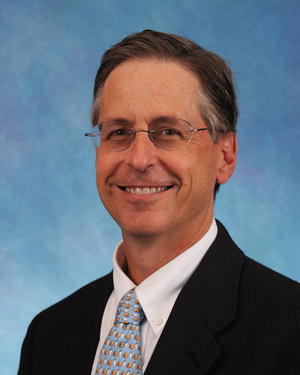Seeking the patient voice early in the cessation process is critical to success.

What is it like to be someone who smokes in today’s increasingly smoke-free world? How can providers best interact with their patients who smoke and support their efforts to become tobacco-free? A new study by researchers from the University of North Carolina (UNC) Department of Family Medicine and the UNC Lineberger Comprehensive Cancer Center represents one of the first efforts to ask these and other seemingly simple, yet critical, questions like “What do patients who smoke want and need from their physicians?”
The study reports results from a series of focus groups in which 33 participants—current or recently quit smokers—explored personal experiences with and ideas about smoking and smoking cessation. The study was led by Dr. Jacqueline Halladay, associate professor of family medicine at UNC, and published last week in Preventing Chronic Disease, the journal of the National Center for Chronic Disease Prevention and Health Promotion. The study’s other authors were Dr. Adam Goldstein, a UNC Lineberger member, professor of family medicine and head of the Tobacco Interventions Programs at UNC; Maihan Vu, DrPH, MPH; Carol Ripley-Moffitt, MDiv, CTTS; Sachin K. Gupta, MD; and Christine O’Meara, MD.
Several themes emerged from focus group participant feedback. “Tobacco users often reported feeling shame, isolation, or disrespect,” Dr. Halladay said. “Most importantly, patients want to know that their physicians understand the experience of being a smoker.”
“Doctors also need to know that patients who smoke want and need to be treated with great respect,” says Dr. Goldstein, the study’s co-author..
The patients recommended that clinical care teams acknowledge the great challenges that smokers face today, that they embed their care approach within the addiction model, and really help them with quitting. “Patients who smoke want their doctors to not only talk with them about smoking at every visit, but they also want specific advice, positive encouragement and assistance, including medications,” said Dr. Halladay.
Focus group participants also discussed ideas to provide high value resources on a community level including telephone quitlines or comprehensive cessation specialists; assistance with connecting patients with those best suited to their unique situations; and checking in with patients along the way to offer support and redirection if needed.
Finally, participants suggested new or enhanced means to measure tobacco cessation outcomes. Quality of life measures such as improved activity and energy levels, a sense of freedom in not having to plan around smoke breaks, and a sense of pride in achieving a goal of becoming smoke free were all suggestions for creative, patient-centered measures that providers could incorporate to improve future cessation efforts. “We need to measure outcomes that matter to patients” including respect, encouragement, support, empowerment, and not being judged,” said Dr. Goldstein.
Ultimately, the research team hopes the results of this study will encourage others “to engage in testing new patient-centered interventions, outcomes, and dissemination strategies to help smokers achieve tobacco-free lives.”
This work was supported by Health-e-NC, an initiative of the University Cancer Research Fund at the University of North Carolina at Chapel Hill.
Suggested citation for this article: Halladay JR, Vu M, Ripley- Moffitt C, Gupta SK, O’Meara C, Goldstein AO. Patient Perspectives on Tobacco Use Treatment in Primary Care. Prev Chronic Dis 2015;12:140408. DOI: http://dx.doi.org/10.5888/ pcd12.140408.
Media Contacts:
Donna Parker, 919-843-4760, donna_parker@med.unc.edu
Katy Jones, 919-962-3405, katy_jones@unc.edu
